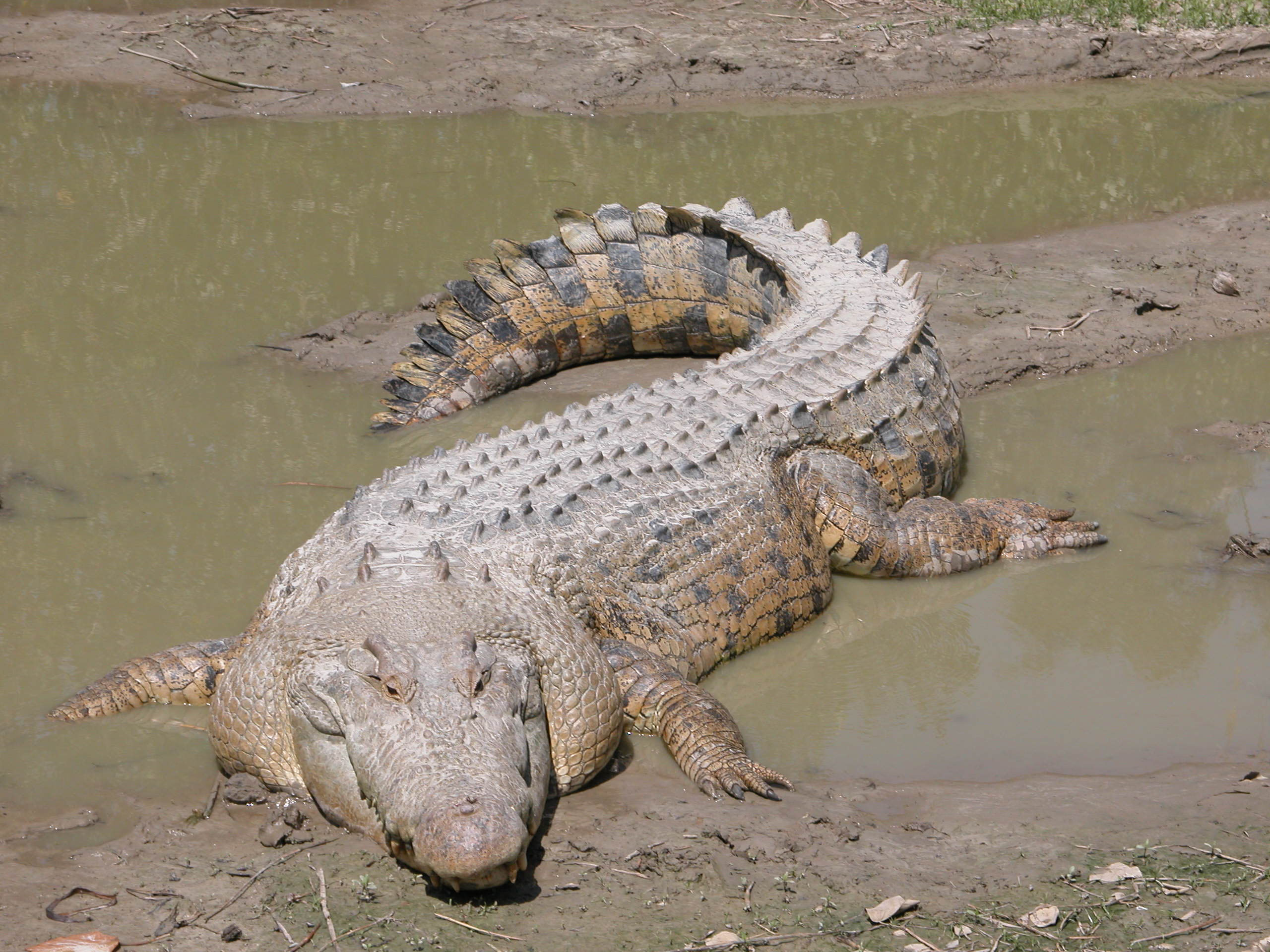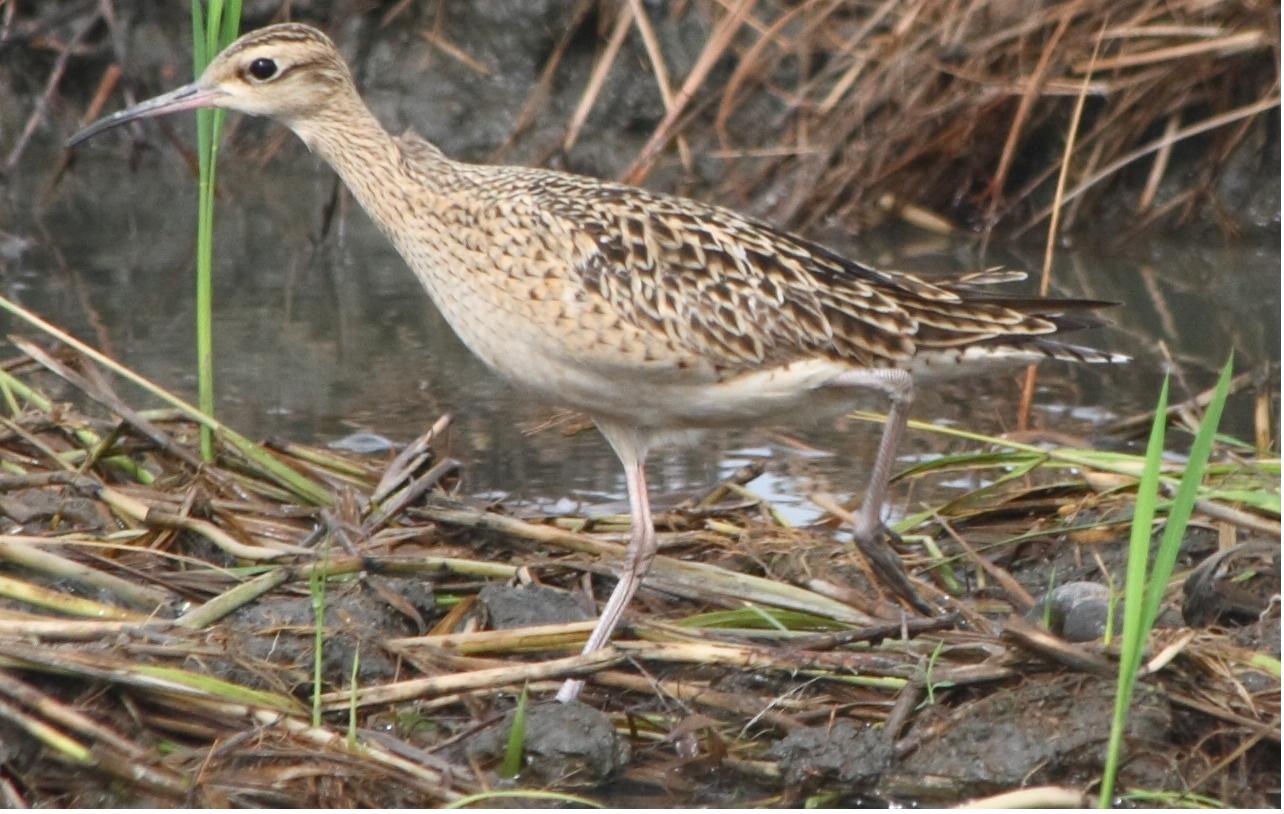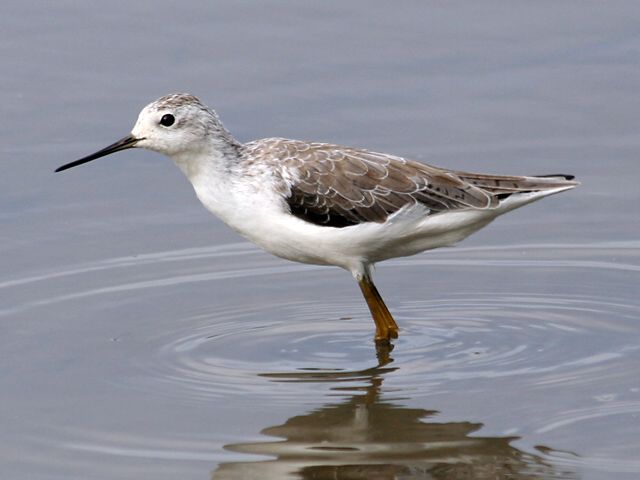Ord River Floodplain on:
[Wikipedia]
[Google]
[Amazon]
The Ord River floodplain is the 






floodplain
A floodplain or flood plain or bottomlands is an area of land adjacent to a river which stretches from the banks of its channel to the base of the enclosing valley walls, and which experiences flooding during periods of high discharge.Goudi ...
of the lower Ord River
The Ord River is a river in the Kimberley region of Western Australia. The river's catchment covers .
The lower Ord River and the conjunction with Cambridge Gulf create the most northern estuarine environment in Western Australia.
The Ord ...
in the Shire of Wyndham-East Kimberley, in the Kimberley region of northern Western Australia
Western Australia (commonly abbreviated as WA) is a state of Australia occupying the western percent of the land area of Australia excluding external territories. It is bounded by the Indian Ocean to the north and west, the Southern Ocean to th ...
. It lies within the Victoria Bonaparte
The Victoria Bonaparte, an interim Australian bioregion, is located in the Northern Territory and Western Australia,
IBRA bioregion
A bioregion is an ecologically and geographically defined area that is smaller than a biogeographic realm, but larger than an ecoregion or an ecosystem, in the World Wide Fund for Nature classification scheme. There is also an attempt to use the ...
and contains river, seasonal creek, tidal mudflat and floodplain wetlands, with extensive stands of mangrove
A mangrove is a shrub or tree that grows in coastal saline or brackish water. The term is also used for tropical coastal vegetation consisting of such species. Mangroves are taxonomically diverse, as a result of convergent evolution in severa ...
s, that support saltwater crocodile
The saltwater crocodile (''Crocodylus porosus'') is a crocodilian native to saltwater habitats and brackish wetlands from India's east coast across Southeast Asia and the Sundaic region to northern Australia and Micronesia. It has been list ...
s and many waterbird
A water bird, alternatively waterbird or aquatic bird, is a bird that lives on or around water. In some definitions, the term ''water bird'' is especially applied to birds in freshwater ecosystems, although others make no distinction from seabi ...
s. It is recognised as an internationally important wetland
A wetland is a distinct ecosystem that is flooded or saturated by water, either permanently (for years or decades) or seasonally (for weeks or months). Flooding results in oxygen-free (anoxic) processes prevailing, especially in the soils. The p ...
area, with of it designated on 7 June 1990 as Ramsar Site 477 under the Ramsar Convention
The Ramsar Convention on Wetlands of International Importance Especially as Waterfowl Habitat is an international treaty for the conservation and sustainable use of Ramsar site, Ramsar sites (wetlands). It is also known as the Convention on W ...
on Wetlands.







Description
The site lies about east of the town of Wyndham, extending from to . It comprises the Ord River and Parry Lagoonsnature reserve
A nature reserve (also known as a wildlife refuge, wildlife sanctuary, biosphere reserve or bioreserve, natural or nature preserve, or nature conservation area) is a protected area of importance for flora, fauna, or features of geological or ...
s, with some additional land. It lies downstream of two large impoundments on the Ord River, Lakes Argyle and Kununurra, which have had a major impact on the river's hydrology through changing its flow pattern so that there are now constant flows through the dry season
The dry season is a yearly period of low rainfall, especially in the tropics. The weather in the tropics is dominated by the tropical rain belt, which moves from the northern to the southern tropics and back over the course of the year. The te ...
. In effect, the lower Ord has been transformed through flow regulation at the dams from a ‘dry tropics’ to a ‘wet tropics’ river.Information Sheet on Ramsar Wetlands: Ord River floodplain.
The southern part of the site is dominated by Parry Creek, including of seasonal creek and an alluvial floodplain which is flooded during the wet season
The wet season (sometimes called the Rainy season) is the time of year when most of a region's average annual rainfall occurs. It is the time of year where the majority of a country's or region's annual precipitation occurs. Generally, the sea ...
. It dries out quickly in the dry season
The dry season is a yearly period of low rainfall, especially in the tropics. The weather in the tropics is dominated by the tropical rain belt, which moves from the northern to the southern tropics and back over the course of the year. The te ...
, except for waterholes associated with incised channels and claypan Claypan is a dense, compact, slowly permeable layer in the subsoil. It has a much higher clay content than the overlying material, from which it is separated by a sharply defined boundary. The dense structure restricts root growth and water infiltra ...
s. The southern, or upstream, part of the floodplain is freshwater, while the northern, or downstream part, is either regularly flooded with saltwater
Saline water (more commonly known as salt water) is water that contains a high concentration of dissolved salts (mainly sodium chloride). On the United States Geological Survey (USGS) salinity scale, saline water is saltier than brackish water, ...
or contains saline soils.
The lower reaches of the Ord River extend from the Parry Creek floodplain northwards to the Cambridge Gulf
Cambridge Gulf is a gulf on the north coast of the Kimberley region of Western Australia.
Many rivers flow into the gulf, including the Ord River, Pentecost River, Durack River, King River and the Forrest River, making the environment an ...
. The upper reaches of the Ord River are permanently fresh; the lower reaches, when not in flood, become saline due to the tidal cycle which, at the coast, has an amplitude
The amplitude of a periodic variable is a measure of its change in a single period (such as time or spatial period). The amplitude of a non-periodic signal is its magnitude compared with a reference value. There are various definitions of am ...
of up to . Within the site the upstream end of the river channel is around wide with broad sand
Sand is a granular material composed of finely divided mineral particles. Sand has various compositions but is defined by its grain size. Sand grains are smaller than gravel and coarser than silt. Sand can also refer to a textural class o ...
and gravel spits, while unstable mud bars and islands characterise the wide mouth. From the mouth of the Ord River, the site extends northwards around the coast to include the False mouths of the Ord, consisting of a maze of deltaic channels, intertidal
The intertidal zone, also known as the foreshore, is the area above water level at low tide and underwater at high tide (in other words, the area within the tidal range). This area can include several types of habitats with various species ...
mudflats and low muddy islands, an area which receives only a little fresh water from small and ephemeral creeks.
Climate
The site has a dry tropical climate. Rainfall ismonsoon
A monsoon () is traditionally a seasonal reversing wind accompanied by corresponding changes in precipitation but is now used to describe seasonal changes in atmospheric circulation and precipitation associated with annual latitudinal osci ...
al, with the hot and humid wet season
The wet season (sometimes called the Rainy season) is the time of year when most of a region's average annual rainfall occurs. It is the time of year where the majority of a country's or region's annual precipitation occurs. Generally, the sea ...
occurring from November to March. Wyndham has an average annual rainfall of . The dry season is mild, with periods of steady south-easterly winds. The average maximum temperature varies from in July to in December.
Flora and fauna
Vegetation
Within the site ten main vegetation associations have been identified: mudflats, mangroves, dune systems,grassland
A grassland is an area where the vegetation is dominated by grasses ( Poaceae). However, sedge ( Cyperaceae) and rush ( Juncaceae) can also be found along with variable proportions of legumes, like clover, and other herbs. Grasslands occur na ...
, low woodland
A woodland () is, in the broad sense, land covered with trees, or in a narrow sense, synonymous with wood (or in the U.S., the ''plurale tantum'' woods), a low-density forest forming open habitats with plenty of sunlight and limited shade (se ...
, sandstone range open woodland, riverine woodland, rainforest (aquifer
An aquifer is an underground layer of water-bearing, permeable rock, rock fractures, or unconsolidated materials ( gravel, sand, or silt). Groundwater from aquifers can be extracted using a water well. Aquifers vary greatly in their characteris ...
forest) and spring
Spring(s) may refer to:
Common uses
* Spring (season)
Spring, also known as springtime, is one of the four temperate seasons, succeeding winter and preceding summer. There are various technical definitions of spring, but local usage of ...
vegetation, major rivers and lagoons (permanent and ephemeral), and savanna
A savanna or savannah is a mixed woodland- grassland (i.e. grassy woodland) ecosystem characterised by the trees being sufficiently widely spaced so that the canopy does not close. The open canopy allows sufficient light to reach the ground to ...
woodland. Some 335 native vascular plants from 89 families have been recorded from the site, with 16 introduced species.
The eastern coast of the Cambridge Gulf is one of the richest places for mangroves in the Kimberley region in terms of species diversity, structural complexity, and area, with 14 species occurring within the site. Zonation is evident; mangrove species in the seaward zone form a woodland about high, dominated by '' Sonneratia alba'', ''Avicennia marina
''Avicennia marina'', commonly known as grey mangrove or white mangrove, is a species of mangrove tree classified in the plant family Acanthaceae (formerly in the Verbenaceae or Avicenniaceae). As with other mangroves, it occurs in the interti ...
'' and '' Aegiceras corniculatum''. Behind this, in a woodland high, are '' Bruguiera parviflora'', ''Avicennia marina'' and ''Aegiceras corniculatum'', and then a belt of ''Rhizophora stylosa
''Rhizophora stylosa'', the spotted mangrove, red mangrove, small stilted mangrove or stilt-root mangrove, is a tree in the family Rhizophoraceae. The specific epithet ' is from the Latin meaning "stylus form", referring to the flower.
Descript ...
'' high. On the landward edge is a high thicket of ''Avicennia marina'', ''Ceriops tagal
''Ceriops tagal'', commonly known as spurred mangrove or Indian mangrove, is a mangrove tree species in the family Rhizophoraceae. It is a protected tree in South Africa. The specific epithet ' is a plant name from the Tagalog language.
Descrip ...
'' and ''Aegialitis annulata
''Aegialitis'' is a genus of two shrubby mangrove species, with one native to Southeast Asia and the other native to Australia and Papua New Guinea.
Description
The two species of the genus are woody mangrove shrubs or small trees that grow u ...
''. ''Sporobolus virginicus
''Sporobolus virginicus'', known by numerous common names including seashore dropseed, marine couch, sand couch, salt couch grass, saltwater couch, coastal rat-tail grass, and nioaka, is a species of grass with a wide distribution.
Description
...
'' grassland and samphire grow on the mudflats behind the mangroves. Other occasional species of mangrove include '' Xylocarpus moluccensis'', ''Excoecaria agallocha
''Excoecaria agallocha'', a mangrove species, belongs to the genus '' Excoecaria'' of the family Euphorbiaceae. The species has many common names, including blind-your-eye mangrove, blinding tree, buta buta tree, milky mangrove, poisonfish tree ...
'' and '' Camptostemon schultzii''.
Birds
The seasonal wetlands on the floodplain regularly support large numbers of waterbirds. Numerically important duck species includehardhead
The hardhead (''Aythya australis''), also known as the white-eyed duck, is the only true diving duck found in Australia. The common name "hardhead" has nothing to do with the density of the bird's skull, instead referring to the difficulty encou ...
, grey teal and plumed whistling duck. The lagoons are also an important site for shorebirds: several thousand little curlew
The little curlew (''Numenius minutus'') is a wader in the large bird family Scolopacidae. It is a very small curlew, which breeds in the far north of Siberia. It is closely related to the North American Eskimo curlew.
The word "curlew" is imit ...
s and Oriental pratincole
The oriental pratincole (''Glareola maldivarum''), also known as the grasshopper-bird or swallow-plover, is a wader in the pratincole family, Glareolidae.
Etymology
The genus name is a diminutive of Latin ''glarea'', "gravel", referring to a ty ...
s, and hundreds of wood sandpiper
The wood sandpiper (''Tringa glareola'') is a small wader. This Eurasian species is the smallest of the shanks, which are mid-sized long-legged waders of the family Scolopacidae. The genus name ''Tringa'' is the New Latin name given to the gree ...
s have been counted. The Parry Lagoons are probably the most important site in Australia for both wood and marsh sandpiper
The marsh sandpiper (''Tringa stagnatilis'') is a small wader. It is a rather small shank, and breeds in open grassy steppe and taiga wetlands from easternmost Europe to the Russian Far East. The genus name ''Tringa'' is the New Latin name give ...
s. When local rainfall is high the lagoons and other seasonal wetlands are major breeding areas for waterbirds in the Kimberley, with up to 77 species recorded in habitats associated with Parry Creek. The grasslands are the only place in Western Australia where zitting cisticola
The zitting cisticola or streaked fantail warbler (''Cisticola juncidis'') is a widely distributed Old World warbler whose breeding range includes southern Europe, Africa (outside the deserts and rainforest), and southern Asia down to northern Aus ...
s occur naturally. The mangroves contain 12 of the 13 species of terrestrial bird restricted to such habitat, or to rainforest, in Western Australia, including the black butcherbird
The black butcherbird (''Melloria quoyi'', also known as ''Cracticus quoyi'') is a species of butcherbird in the family Artamidae.
It is found in Australia, Indonesia, and Papua New Guinea.
Its natural habitats are subtropical or tropical dry ...
. About 200 bird species have been recorded from the site.
Other fauna
The lower Ord River contains a high density of salt water crocodiles. The mangroves support at least six species ofmicrobat
Microbats constitute the suborder Microchiroptera within the order Chiroptera ( bats). Bats have long been differentiated into Megachiroptera (megabats) and Microchiroptera, based on their size, the use of echolocation by the Microchiroptera an ...
, the black flying-fox and grassland melomys. Other mammals known from the site include: the northern nail-tail wallaby
The northern or sandy nail-tail wallaby (''Onychogalea unguifera'') is a species of macropod found across northern Australia on arid and sparsely wooded plains. The largest species of the genus '' Onychogalea'', it is a solitary and nocturnal h ...
, agile wallaby
The agile wallaby (''Notamacropus agilis''), also known as the sandy wallaby, is a species of wallaby found in northern Australia and southern New Guinea. It is the most common wallaby in north Australia. The agile wallaby is a sandy colour, beco ...
, long-haired rat and Kimberley rock rat
The Kimberley rock rat (''Zyzomys woodwardi'') is a species of rodent in the family Muridae. It is found only in Australia, specifically in the northern tropical part of the Northern Territory and adjacent Kimberley region of Western Australia ...
. The critically endangered largetooth sawfish
The largetooth sawfish (''Pristis pristis'', syn. ''P. microdon'' and ''P. perotteti'') is a species of sawfish, family Pristidae. It is found worldwide in tropical and subtropical coastal regions, but also enters freshwater. It has declined dra ...
has been collected from the lower Ord River.
Human activity
Aboriginal people
Indigenous peoples are culturally distinct ethnic groups whose members are directly descended from the earliest known inhabitants of a particular geographic region and, to some extent, maintain the language and culture of those original people ...
have a complex and spiritual relationship with the land and waters of the Ord River. The site lies within the traditional lands of the Miriuwung
The Miriwoong people, also written Miriwung and Miriuwung, are an Aboriginal Australian people of the Kimberley region of northern Western Australia.
Language
Miriwoong language (AIATSIS "Miriwoong / Miriuwung") is one of the three surviving ...
and Gajerrong
The Gajirrawoong people, also written Gadjerong, Gajerrong and other variations, are an Aboriginal Australian people of the Northern Territory, most of whom now live in north-eastern Western Australia.
Language
Geoffrey O'Grady classified their ...
language groups, and there are many cultural heritage sites, including those concerned with ceremonial, mythological and burial activities, associated with the river.
The area is a regular tourist destination. Some exploration for alluvial diamonds takes place. The surrounding land is used for cattle grazing.Annotated Ramsar List.
References
Notes
Sources
* * * {{coord, 15, 15, S, 128, 22, E, type:waterbody_region:AU-WA, display=title Ramsar sites in Australia Protected areas of Western Australia Floodplains of Australia Ord River Kimberley tropical savanna